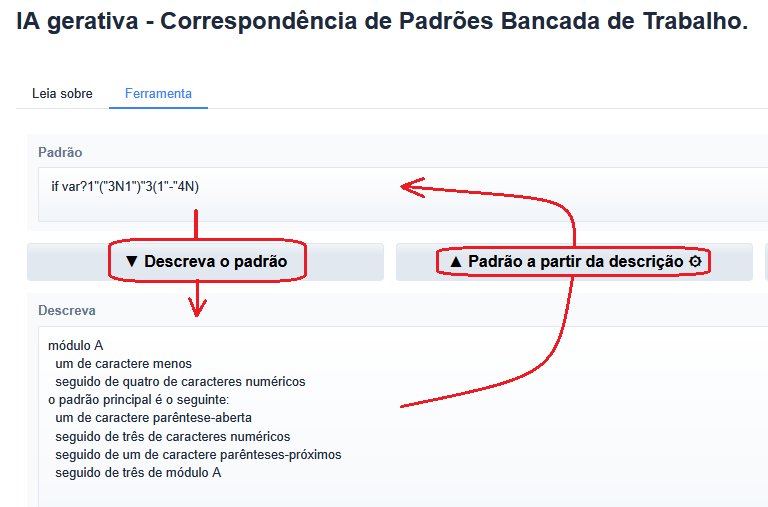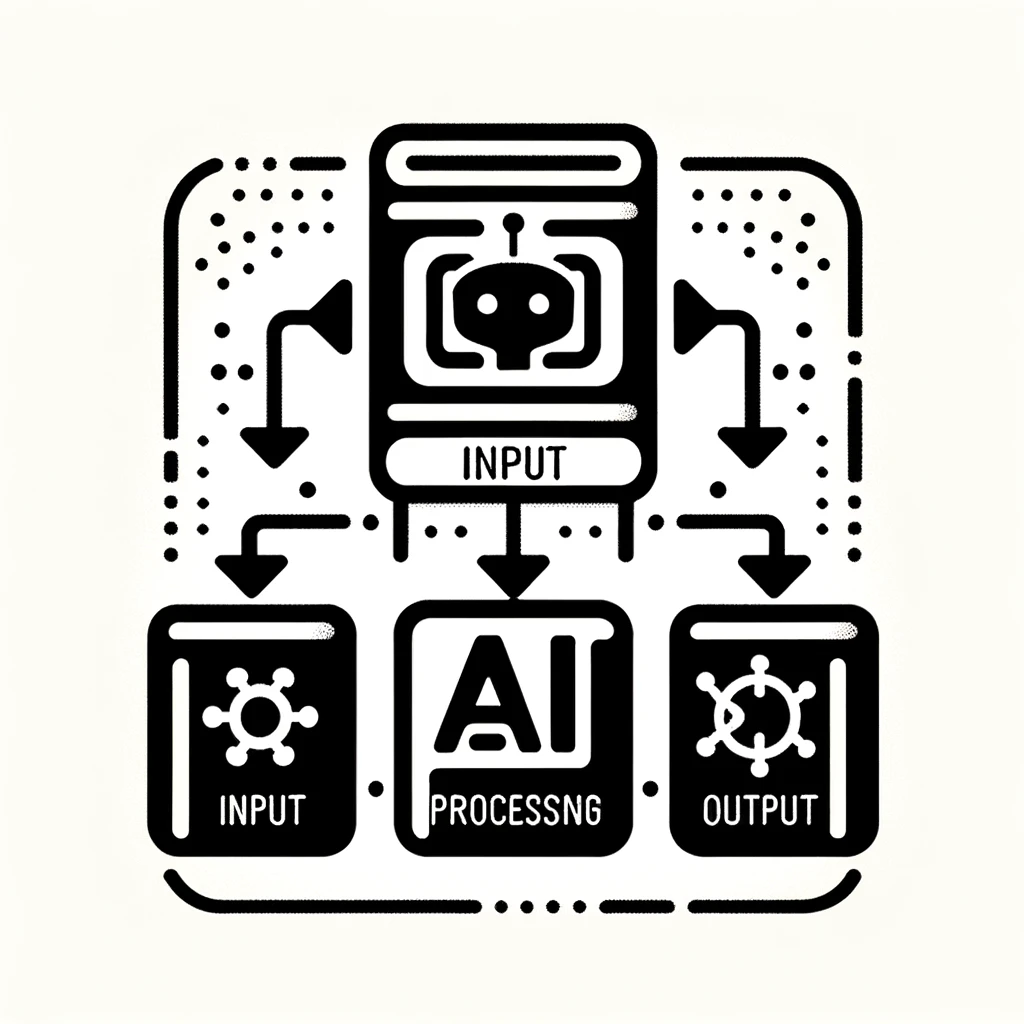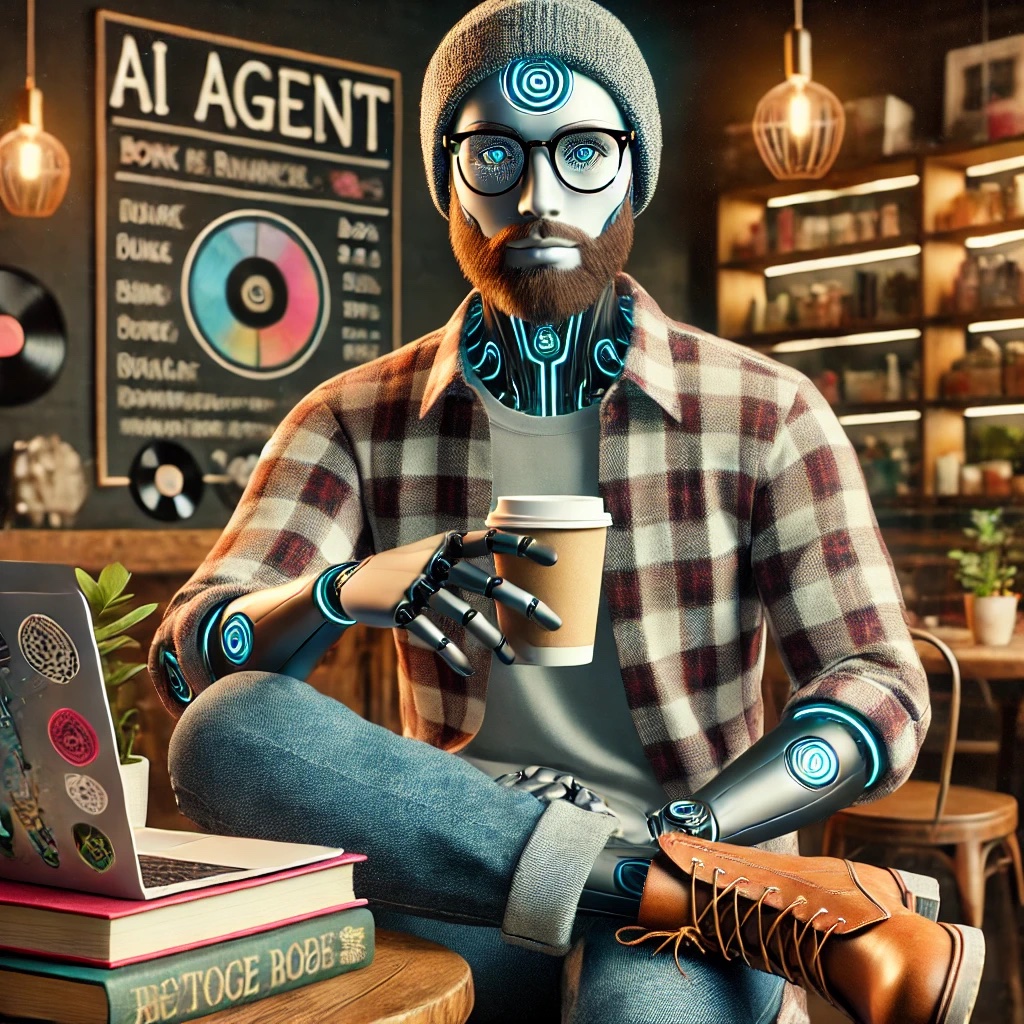#InterSystems Demo Games entry
⏯️ Closing the Scientific Knowledge Gap with AI
For venture capitalists (VCs), evaluating research can be challenging. While researchers typically possess years of training and deep expertise in their field, the VCs tasked with assessing their work often lack domain-specific knowledge. This can lead to incomplete understanding of scientific data and an inability to direct organizational initiatives. To solve this problem, we have designed a solution that empowers VCs with AI-driven due diligence: ResearchExplorer. ResearchExplorer is powered by InterSystems IRIS and GPT-4o to help analyze private biomedical research alongside public sources like PubMed using Retrieval-Augmented Generation (RAG). Users submit natural language queries, and the system returns structured insights, head-to-head research comparisons, and AI-generated summaries. This allows users to bridge expertise gaps while securely protecting proprietary data.
Presenters:
🗣 @Jesse Reffsin, Senior Sales Engineer, InterSystems
🗣 @Lynn Wu, Sales Engineer, InterSystems
https://www.youtube.com/embed/zsV3LhGDP1Q
[This is an embedded link, but you cannot view embedded content directly on the site because you have declined the cookies necessary to access it. To view embedded content, you would need to accept all cookies in your Cookies Settings]






.png)
